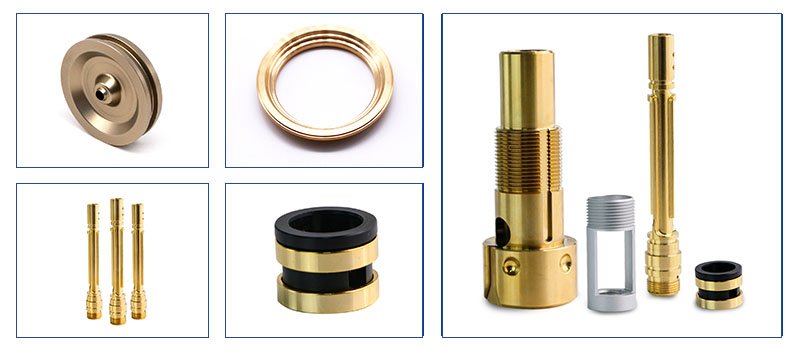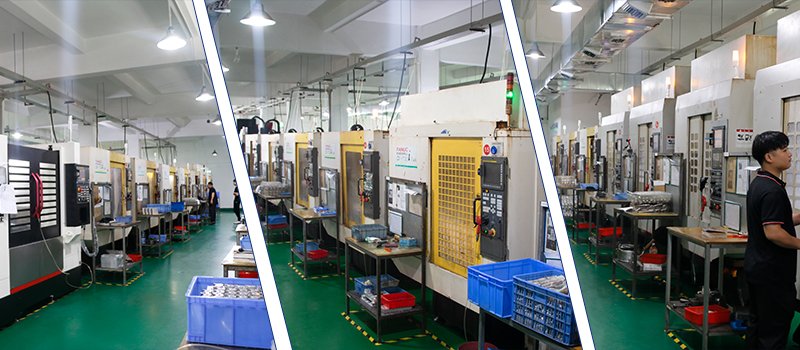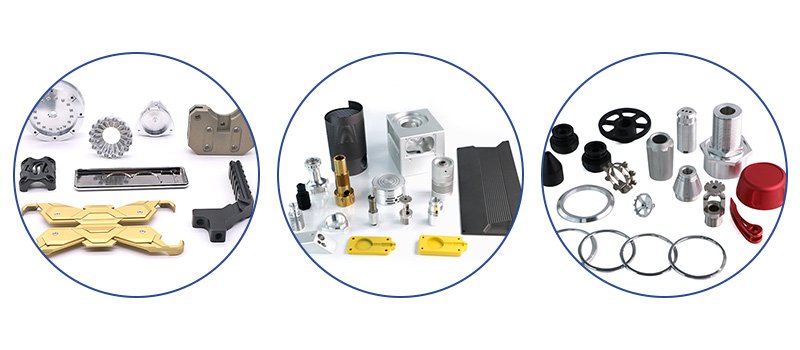As a CNC machining expert, I know firsthand how crucial it is for manufacturers and project managers to understand the ins and outs of CNC machining pricing. When it comes to creating parts, every detail matters—from material selection to post-processing—and all these elements contribute to the final cost. But how exactly are CNC machining costs calculated, and what are the specific charges that factor into the pricing? This guide will break down the pricing model for CNC machining, including common fees and how to anticipate them for your projects. Let’s dive in.
Understanding CNC Machining Costs: The Basics
CNC machining is one of the most precise and versatile manufacturing processes available today. It uses computer-controlled tools to cut, mill, and shape materials like metal, plastic, and composite into desired forms. The costs associated with CNC machining can vary significantly depending on factors such as the type of material, complexity of the part, and the type of CNC machine used.
While some clients may think that CNC machining is as simple as paying for the time the machine runs, there’s more to the process. Let’s go over what factors influence the cost and the components that make up the total pricing.
Key Factors Influencing CNC Machining Costs
- Material Selection Material choice is one of the biggest contributors to CNC machining costs. For instance, machining aluminum is often more cost-effective than machining exotic materials like titanium or Inconel. This is because of the differences in cutting tool wear, machine speed, and the amount of force required to process each type of material.
- Part Complexity The more complex the design, the higher the machining cost. Parts that have intricate geometries, multiple features, or are difficult to reach with the machine tool will require more time and specialized setups. This translates to increased labor, setup, and machine time.
- Tolerances and Precision If your part requires tight tolerances and high precision, expect an increase in the cost. High-precision parts require more advanced machines and more time for the setup and actual machining. Achieving these tolerances may also involve more post-processing, which adds to the cost.
- Machine Type and Capability The type of CNC machine used significantly affects the cost. A basic 3-axis machine will generally be less expensive to operate than a complex 5-axis machine. The latter allows for more intricate shapes and can machine multiple sides in one setup, thus reducing total machining time for complex parts.
- Production Volume CNC machining costs are also influenced by the production volume. For a single part or low-volume production runs, setup costs are high per piece. However, as the production volume increases, the cost per part typically decreases due to economies of scale.
- Labor Costs Skilled labor is needed to set up and operate CNC machines, which impacts the overall cost. Labor costs may also include the time for programming the machine, quality control, and post-processing.
What Are the Charges Included in CNC Machining Costs?
Now that we have a basic understanding of what influences CNC machining costs, let’s take a look at the typical charges included in a CNC machining quote:
- Setup Fees Setup fees are charged for preparing the CNC machine for production. This includes loading the material, programming the machine, and ensuring all fixtures are properly aligned. The more complex the setup, the higher the setup fee.
- Machining Time This is one of the largest components of the total cost. It covers the time the CNC machine spends cutting, drilling, milling, or turning the part. Machining time is usually measured in hours and is billed at an hourly rate, which can vary depending on the type of machine and the skill level of the operator.
- Tooling Costs Tooling refers to the cost of the cutting tools and fixtures needed to complete the machining process. Tooling costs can be significant, especially when custom tools are required or when the project demands high precision that wears down tools quickly.
- Material Costs The price of the raw material being used plays a key role in the total cost of CNC machining. Prices can vary widely based on material type, size, and quantity. Keep in mind that exotic or specialty materials will always come with a higher price tag.
- Post-Processing Costs Post-processing includes any work that needs to be done after the part is machined, such as heat treatment, coating, polishing, and assembly. If your project requires anodizing, powder coating, or precision grinding, these costs should be factored into the quote.
- Quality Control and Inspection Quality control ensures that the parts meet the specified tolerances and standards. This includes the cost of using measuring tools, inspection equipment, and personnel time spent on verifying the parts’ quality.
- Shipping and Handling If your parts need to be delivered, shipping and handling charges will be added to the final cost. This can include packaging, transportation, and delivery to your facility or end client.
Breakdown of a Sample CNC Machining Quote
Let’s look at a simplified example to illustrate what a CNC machining quote might include:
- Material: Aluminum 6061 – $5 per kg
- Setup Fee: $50 for initial machine setup
- Machining Time: 3 hours at $100/hour – $300
- Tooling Costs: $20 (for cutting and finishing tools)
- Post-Processing: Anodizing at $50 per part – $50
- Quality Inspection: $30
- Shipping: $15
Total Estimated Cost: $470
This breakdown helps to show how various charges contribute to the final cost. As you can see, while machining time might be a significant factor, setup fees and post-processing costs are also important to consider when budgeting for CNC projects.
Tips for Reducing CNC Machining Costs
As someone who has worked with many clients and projects, I often get asked how to reduce CNC machining costs. Here are some practical tips:
- Simplify the Design: If possible, simplify complex features to reduce machining time.
- Batch Production: Instead of one-off parts, produce in batches to benefit from lower per-unit costs.
- Optimize the Material Choice: Choose materials that provide the right balance between performance and cost.
- Plan for Tool Life: Choose tool paths that minimize wear and tear on cutting tools, extending their lifespan.
- Work with a Reputable CNC Partner: Partnering with a skilled CNC manufacturer like YL-Machining ensures that you get value for your money. With our experienced team and high-quality equipment, we help you manage costs without sacrificing precision.
Why Choose YL-Machining for Your CNC Needs?
At YL-Machining, we pride ourselves on transparent pricing and top-notch CNC machining services. We understand that pricing structures can be complex, and our goal is to make sure you know exactly what to expect. From setup to post-processing, we ensure that every part we create meets your specifications without unexpected costs.
We also offer consulting services to help you plan your CNC projects more efficiently, ensuring that you get the best price without compromising on quality.
Conclusion: How to Navigate CNC Machining Costs
CNC machining is a powerful and flexible process, but understanding how costs are calculated can be the difference between staying within budget and going over. By understanding the factors that impact pricing and the components included in a CNC quote, you can make informed decisions and optimize your machining projects for cost efficiency.
Have you faced challenges with calculating CNC machining costs for your projects? What strategies have you used to keep your CNC machining budget in check? Share your experiences below, and let’s continue the conversation!







